Planting and maintenance of Osmanthus fragrans
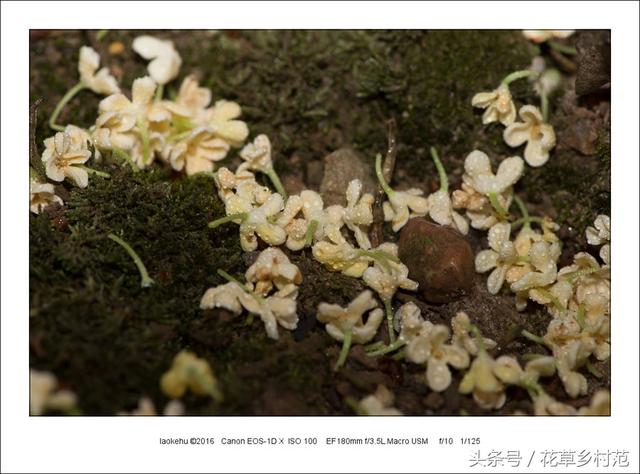
Morphological features: up to 15 meters high. It is often shrubby because of its strong branching and low branching point. Bark friends brown or grayish white, simple leaves opposite, leathery, smooth, dark green, entire or upper part sparsely serrate. Florescence 9-l0 month, flower clusters born on leaf limbs, Cymes. With strong fragrance, flower color varies from variety to variety. Cinnamon, dark yellow flowers, the strongest aroma; silver cinnamon, yellow and white flowers, followed by aroma; cinnamon, orange or draft red flowers, more fragrance; four seasons cinnamon, lime orange or light yellow flowers, can blossom many times a year, but the fragrance of the flowers is lighter.
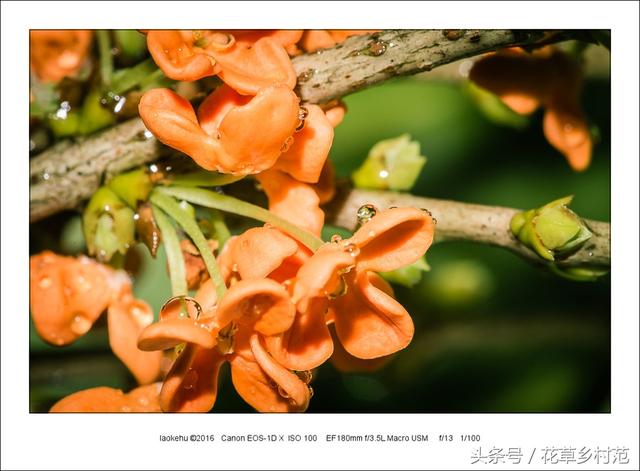
Growth habits: like light, slightly shady, but only when the whole day will be luxuriant branches and leaves, purple flowers. Like warmth, with a certain degree of cold resistance. Strong sprouting ability, resistant to pruning. The requirements of the Tus are not strict, and it is appropriate to use neutral or slightly acidic soil with fertile, moist and well-arranged trees.
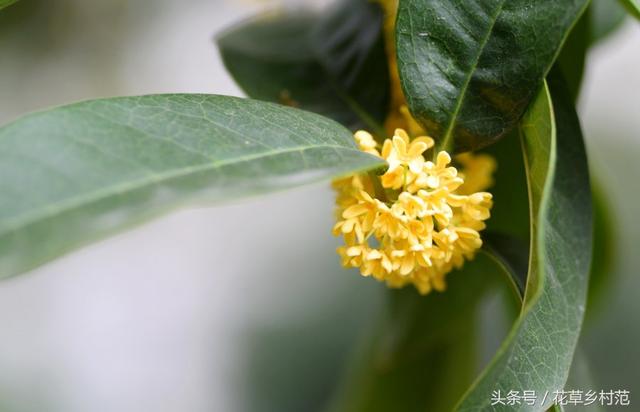
Maintenance measures: (1) Osmanthus fragrans should be planted in the courtyard in spring or autumn, especially in cloudy or rainy days. Choose a well-ventilated, well-drained and warm place for transplanting to hit the soil mass to ensure the survival rate. Planting soil is required to be acidic and avoid alkaline soil. Before planting, the tree hole should be mixed with plant ash and organic fertilizer, and watered once after planting. Keep the soil moist and do not water the soil before the new branches are issued. Generally, nitrogen fertilizer is applied once in spring and phosphorus and potassium fertilizer is applied in summer to make flowers bloom and flourish. Overwintering organic fertilizer is applied before winter, mainly rotten cake fertilizer and barnyard manure. Plastic pruning will remove other over-dense branches, headmaster branches, cross branches, diseased and weak branches to make it ventilated and transparent.
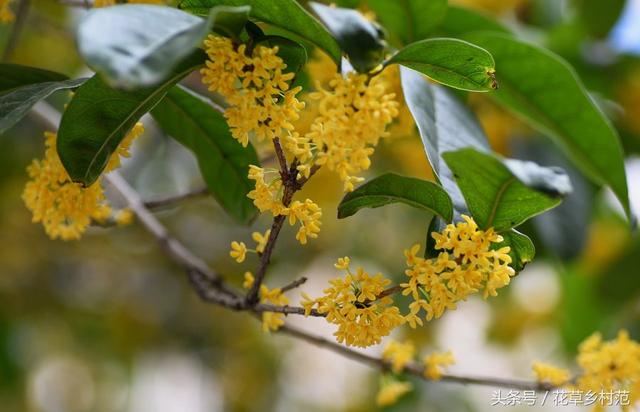
(2) for potted sweet-scented osmanthus, the ratio of potted soil is 2 parts of rotten leaf soil, 3 parts of garden soil, 3 parts of sandy soil and 2 parts of rotten cake fertilizer. Mix it well, then put it on the plate or change the pot, which can be carried out before sprouting in spring. In the process of maintenance, if the plant is placed in a sunny and ventilated environment, topdressing once every 10 days. and can properly increase the application of phosphate fertilizer, the plant will be plump and round. Potted sweet-scented osmanthus in winter in the north should enter the low-temperature greenhouse, pay attention to indoor ventilation and light, less watering. After leaving the house in April, the amount of water can be increased appropriately, the right amount of light fat trees can be irrigated in the peak growing season, and the fertilizer and water can be slightly thicker in the flowering season. Because of its beautiful tree shape, cinnamon blossoms in four seasons, which is suitable for family potted viewing.
Warm reminder: potted sweet-scented osmanthus overwintering must avoid high temperature and soot pollution, otherwise, easy to fall leaves, affecting the flowering of the second year.
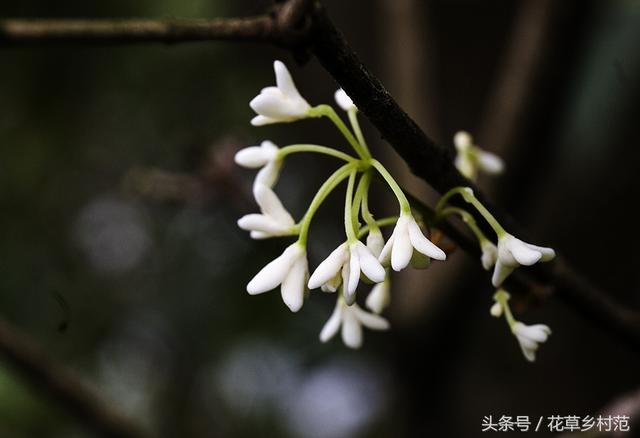
The editor has something to say: the articles are all original by the editor, so there will be mistakes that I hope you can forgive. Most of the comments are about fertilization. The editor has to code a lot of articles every day, and there is no time to reply to everyone's questions one by one. But I will write a detailed article on fertilization and pest control later on. Thank you for your support.
- Prev
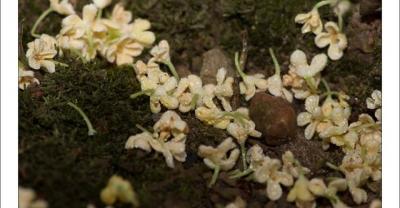
Planting and maintenance techniques of Osmanthus fragrans
Planting and conservation technology of sweet-scented osmanthus sweet-scented osmanthus, also known as sweet clover, is an evergreen tree of the family Melilidaceae, which is widely planted in the south of the Yellow River and the southwest of Guangdong. Sweet-scented osmanthus for a long time.
- Next

Planting management technology of cantaloupe
Cantaloupe, also known as melon because of its sweet taste, is rich in nutritional value, which can promote the activity of human heart, liver and intestinal system, endocrine and hematopoiesis.
Related
- Fuxing push coffee new agricultural production and marketing class: lack of small-scale processing plants
- Jujube rice field leisure farm deep ploughing Yilan for five years to create a space for organic food and play
- Nongyu Farm-A trial of organic papaya for brave women with advanced technology
- Four points for attention in the prevention and control of diseases and insect pests of edible fungi
- How to add nutrient solution to Edible Fungi
- Is there any good way to control edible fungus mites?
- Open Inoculation Technology of Edible Fungi
- Is there any clever way to use fertilizer for edible fungus in winter?
- What agents are used to kill the pathogens of edible fungi in the mushroom shed?
- Rapid drying of Edible Fungi

